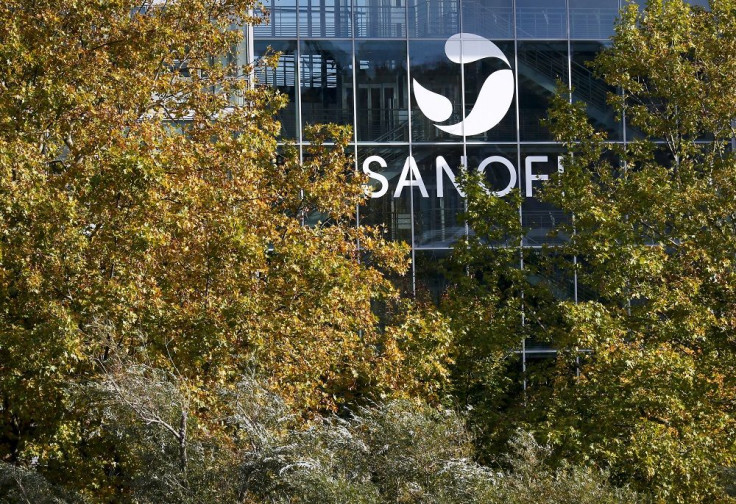Amid weakening diabetes business, Sanofi cuts ties with developer of inhaled insulin
Diabetics complain of soaring insulin prices

Despite inhaled insulin being a less painful option for diabetics compared to injected insulin, pharmaceutical giant Sanofi, which markets the medication, reported sales of only €5 million (AUD$7.6 million) for the first three quarters of 2015. This disappointing sales figure led Sanofi to cut ties with MannKind, the developer of Afrezza.
As it is Sanofi was also dealing with weak business from its diabetes drugs as the company projects annual decline of its business on the chronic ailment to 8 percent contraction in 2018 from 4 percent in 2015. This is due to price and product competition. Sanofi is the manufacturer of Lantus, a basal insulin injected once a day.
The weak consumer response to Afrezza is on account of the inhalable being more expensive than Lantus, causing insurers to be reluctant to pay for the drug. The cost factor is on top of questions over allowing insulin to enter the lungs of a diabetic since the prescribing information recommends testing of lung function before use and periodical testing as well, reports The New York Times.
According to Fiercepharma, Afrezza costs diabetics $7.54 (AUD$10.65) a day based on daily doses of 12 units, while Apidra – its injectable counterpart in Sanofi’s portfolio – costs only $3.14 (AUD$4.43) per day. Pharmacy checker gives a price range of $114.94 to $283 (AUD$162.33-$399.68) for 100 ml of Lantus.
Even if injectable insulin is a less expensive option to Afrezza, diabetics, nevertheless are complaining of insulin price shock as its cost has soared over the years. Philly.com reports that the price of Lantus and Humalog, another prominent insulin brand, spiked 22.7 percent and 19.9 percent, respectively, from 2014 to 2015.
Mark Schutta, endocrinologist at Penn Medicine, blames the spiraling price of insulin to corporate greed, while Barbara Simon, endocrinologist at Drexel, says that while there are multiple reasons for the price hike, the ones who are ultimately devastated are diabetics whom the insulin are supposed to help live longer.
Nevertheless, despite the corporate divorce, the former business partners assured users of Afrezza of a smooth transition as Sanofi said it would continue with filling orders for the inhalable insulin until July 4. The inhalable insulin appears headed for the same fate as a similar medication manufactured by Pfizer which stopped making the alternative form of insulin due to weak sales also.
If business was weak for Sanofi, it was worse for MannKind which reported a net loss of $91.4 million (AUD$129 million) in the first three quarters of 2015 even if it was Sanofi that shouldered the bulk of marketing expenses. The net loss worsens the financial standing of MannKind which has so far accumulated a deficit of $2.6 billion (AUD$3.67 billion) and $185 million (AUD$261.32 million) debt, although according to MannKind Chief Financial Officer Matthew Pfeffer, the firm has $60 million (AUD$84.75 million) cash enough to last it until the end of June 2016.
However, at the rate injectable prices are rising, many diabetics are worried if their personal funds are enough to last them until mid-2016.





















